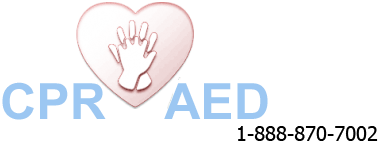First Aid Management: Dehydration
Dehydration occurs when the body loses more fluid than it gains fluid. The body is composed of approximately 50% to 70% water, thus it only makes sense that the body needs water to function. In the body, it is important that the cells, the most basic functional unit of the body, have more water entering […]
First Aid Management: Dehydration Read More »
